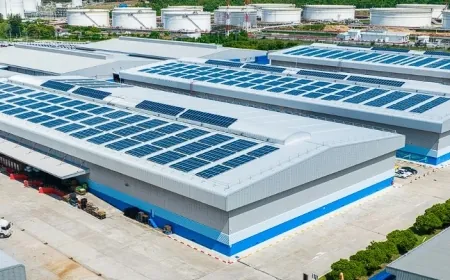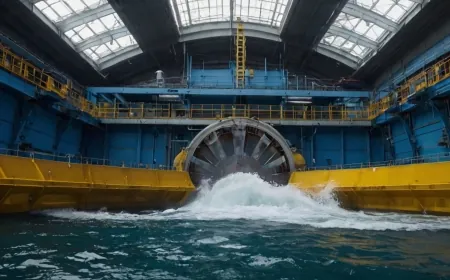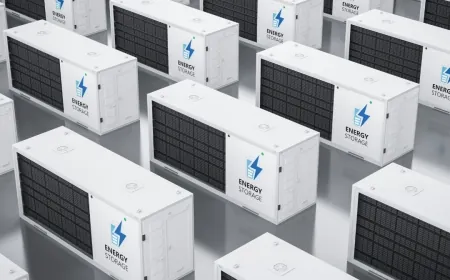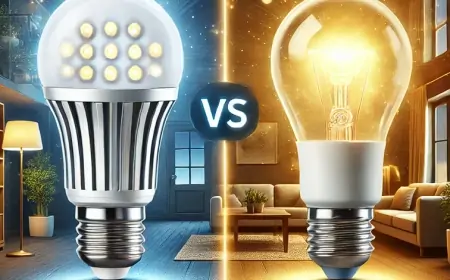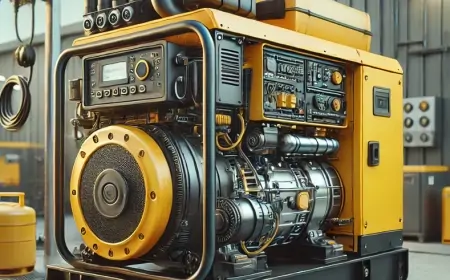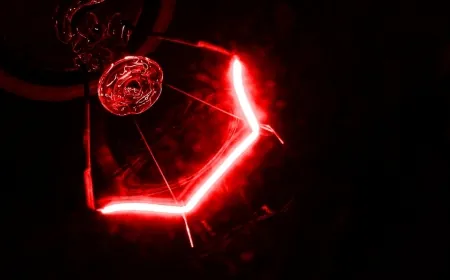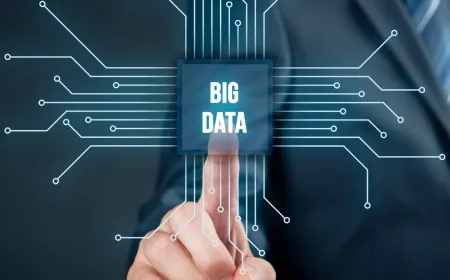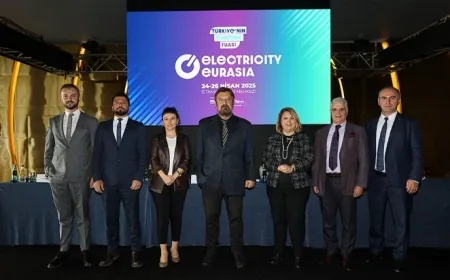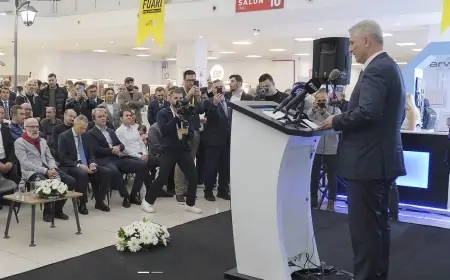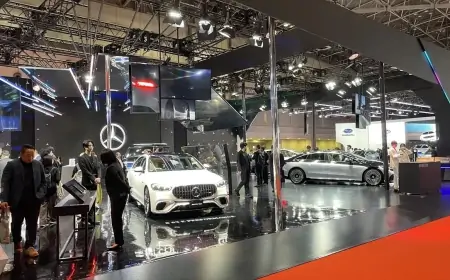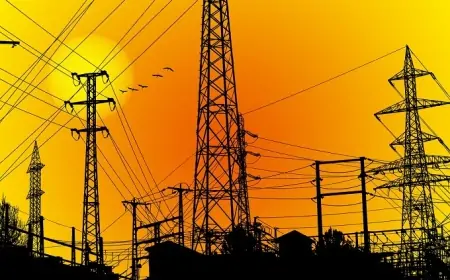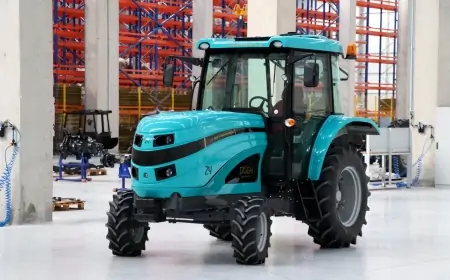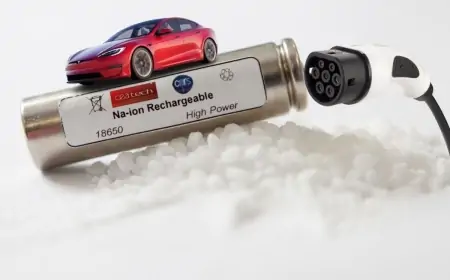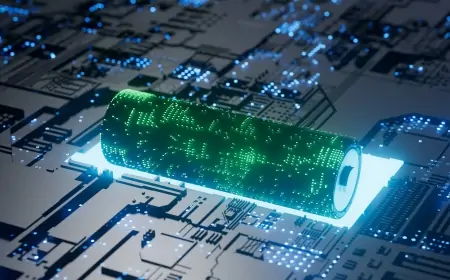Nanogenerators, The Energy Solutions of the Future
Nanogenerators, one of the innovative solutions offered by nanotechnology, are among the technologies with the potential to revolutionize energy harvesting and storage. This article will explore the working principles, advantages and disadvantages, application areas, and future potential of nanogenerators in detail.
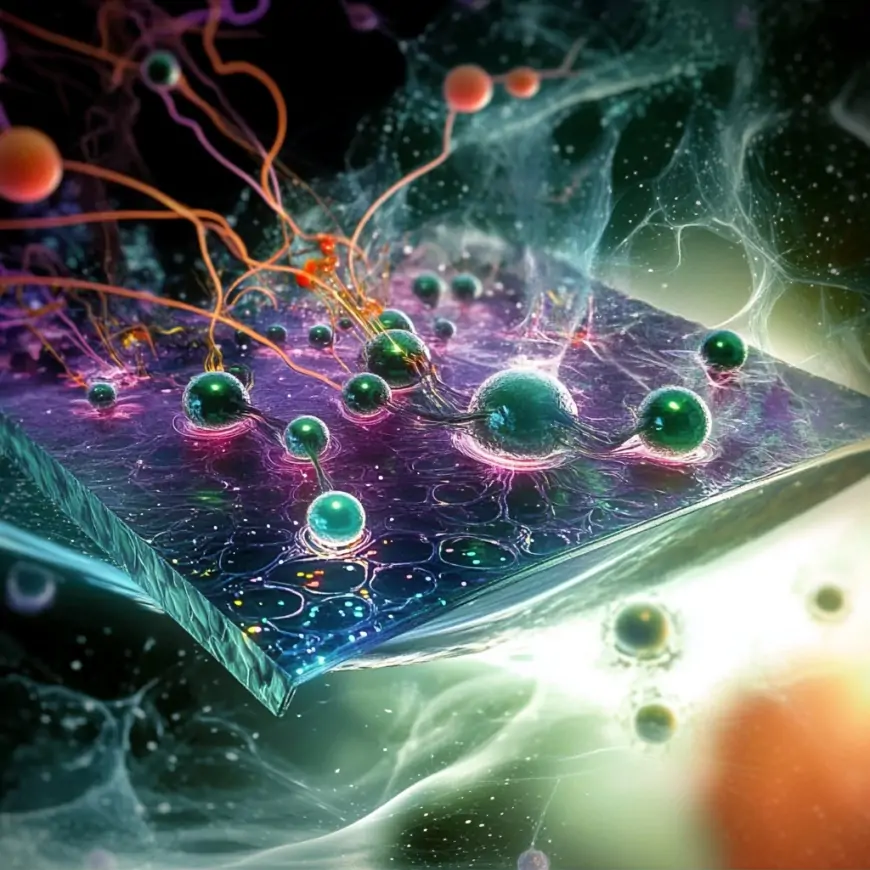
What is a Nanogenerator?
Nanogenerators are small-scale energy production devices developed through nanotechnology that convert ambient waste energy into electrical energy. These devices harvest energy from various sources such as environmental vibrations, pressure, temperature changes, friction, and magnetic fields to generate electricity. With the potential to increase energy efficiency and provide an environmentally friendly energy solution, nanogenerators stand out as a promising technology to meet the energy needs of the future.
How Nanogenerators Work
Nanogenerators operate based on various physical principles, each providing a different method of energy conversion, and each suitable for different applications.
Piezoelectric Effects
Principle of Operation: Piezoelectric nanogenerators are based on the principle that when mechanical stress or compression is applied to certain crystalline materials, they generate an electric charge. These materials can convert mechanical energy directly into electrical energy.
Example Application: Piezoelectric materials embedded in the soles of shoes can convert the pressure generated during walking into electrical energy, which can then power wearable devices.
Triboelectric Effects
Principle of Operation: Triboelectric nanogenerators operate on the principle that when two different materials rub against each other, opposite electric charges accumulate on their surfaces. The energy generated by this friction is converted into electrical energy.
Example Application: A surface moving due to the wind can generate electricity through the triboelectric effect when it rubs against a stationary surface.
Pyroelectric Effects
Principle of Operation: Pyroelectric nanogenerators use materials that generate an electric charge in response to temperature changes. These nanogenerators are ideal for converting thermal energy into electrical energy.
Example Application: Wearable devices that generate energy using body heat operate based on the pyroelectric effect.
Magnetoelectric Effects
Principle of Operation: Magnetoelectric nanogenerators consist of materials that produce electrical charges when exposed to changes in magnetic fields. These types of nanogenerators are used to harvest energy from magnetic sources.
Advantages and Disadvantages of Nanogenerators
Nanogenerators offer significant advantages in energy harvesting and storage technologies, but there are also some limitations to this technology.
Advantages
Small Size and Lightweight: Nanogenerators can be easily integrated into various locations due to their small size and lightweight nature. This is especially advantageous for portable devices and wearable technologies.
Environmentally Friendly: Nanogenerators produce energy from renewable sources without harming the environment, making them a significant advantage in sustainable energy production.
Continuous Energy Production: They can continuously harvest energy from environmental sources, providing an uninterrupted energy supply. For example, by continuously harvesting energy from human movement or natural events, they can minimize the need for energy storage.
Low Cost: As manufacturing technologies advance, the costs of nanogenerators will decrease, making this technology more widespread. The use of low-cost materials and simple production techniques especially increases their broad applicability.
Versatile Use: Nanogenerators can be used in many areas where energy is needed. They have a wide range of applications, from wearable devices to the healthcare sector, smart cities, and the automotive industry.
Disadvantages
Low Power Output: Nanogenerators produced with current technologies do not generate enough energy to power high-power devices. This is an important area where the technology needs to develop. However, this limitation may be ideal for low-power consumption devices.
Efficiency Issues: Energy conversion efficiency is not yet very high. This can result in a portion of the harvested energy being lost. Improving efficiency is a critical requirement for the broader applicability of nanogenerators.
Durability: The durability of nanogenerators against environmental conditions needs to be improved. This is especially critical for devices that will be used outdoors for long periods. Long-term use can cause materials to wear or deteriorate, negatively affecting the performance of the devices.
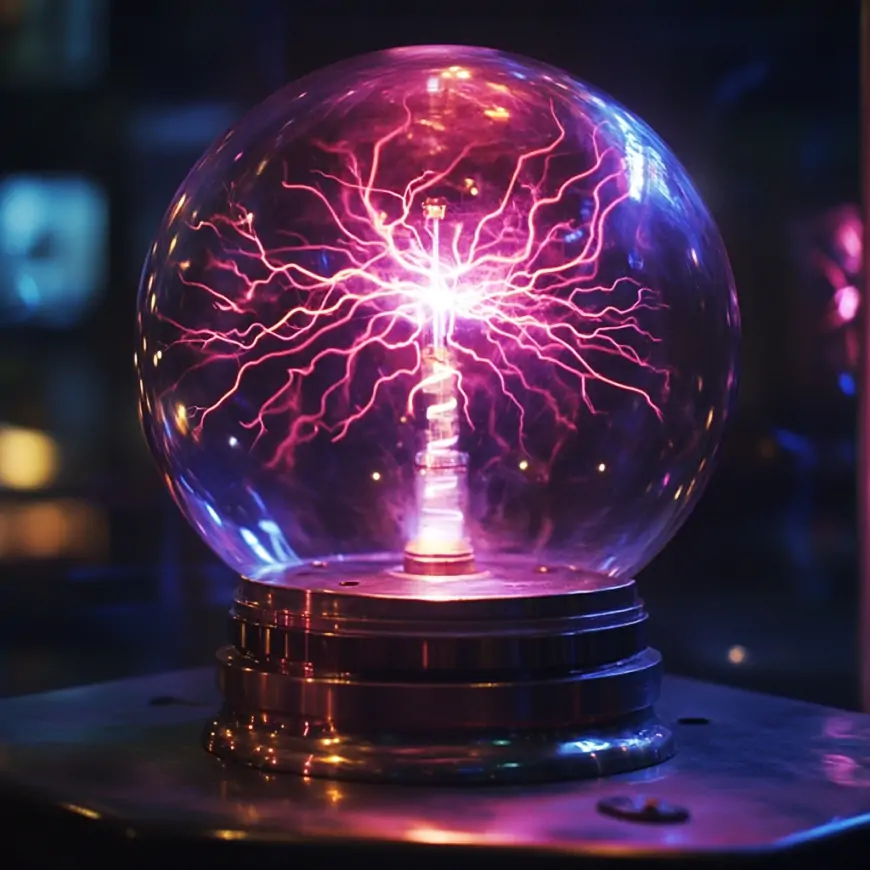
Applications of Nanogenerators
Nanogenerators have a wide range of applications, and new use cases are being discovered every day.
Wearable Technologies: Nanogenerators can be used to power wearable devices. For example, mechanical energy obtained from a person's steps can be converted into electrical energy by a triboelectric nanogenerator to power a smartwatch. This could mark the beginning of a new era in portable energy solutions.
Implant Devices: In the biomedical field, nanogenerators can harvest energy from biomechanical movements within the body to meet the energy needs of implant devices. This is a significant advantage, particularly for pacemakers and other life-support devices.
Smart Cities and IoT: In smart cities, nanogenerators can harvest environmental energy and supply it to IoT devices. This allows sensors and devices with constant energy needs to generate their own energy, eliminating the need for wiring and making systems more flexible.
Environmental Energy Harvesting: Nanogenerators can harvest energy from environmental sources such as wind, water currents, or sound waves and use it to generate electricity. These types of applications are particularly useful for providing energy in remote or hard-to-reach areas. This can increase access to energy in developing regions.
Automotive Industry: Nanogenerators can be used to meet the energy needs of vehicles and reduce emissions. This technology is ideal for harvesting energy from the movement of vehicles. For electric and hybrid vehicles, this type of energy harvesting method can increase range and extend battery life.
Space Exploration: Nanogenerators can be used to meet the energy needs of spacecraft. This is particularly important for providing energy sources for long-term space missions. Methods of energy harvesting and storage in space can directly impact the success of the mission.
Future Developments
Research in the field of nanogenerators is rapidly progressing. Scientists are working to develop nanogenerators that are more efficient, more durable, and lower in cost. In the future, the energy efficiency and power output of nanogenerators will be increased, their durability will be improved, and production costs will be reduced. This will allow nanogenerators to be used in a wider range of applications and more widely.
The use of nanogenerators will increase, especially in areas such as smart home systems, healthcare, automotive, and space exploration. Nanogenerators provide an ideal solution for meeting energy needs and reducing environmental impacts in these areas.

Nanogenerators offer the potential to harvest and use ambient waste energy through innovative technology. With their small size, environmental friendliness, and versatility, they are poised to play a significant role in energy solutions. In the coming years, as this technology develops and becomes more widespread, nanogenerators could revolutionize energy production. Therefore, nanogenerators are emerging as one of the most important technologies to watch in the energy sector.
The innovative energy solutions offered by nanogenerators can increase energy independence at both individual and industrial levels. As the number of low-power consumption devices continues to grow rapidly, nanogenerators could be the pioneers of a new energy paradigm by meeting the energy needs of these devices.
What's Your Reaction?








